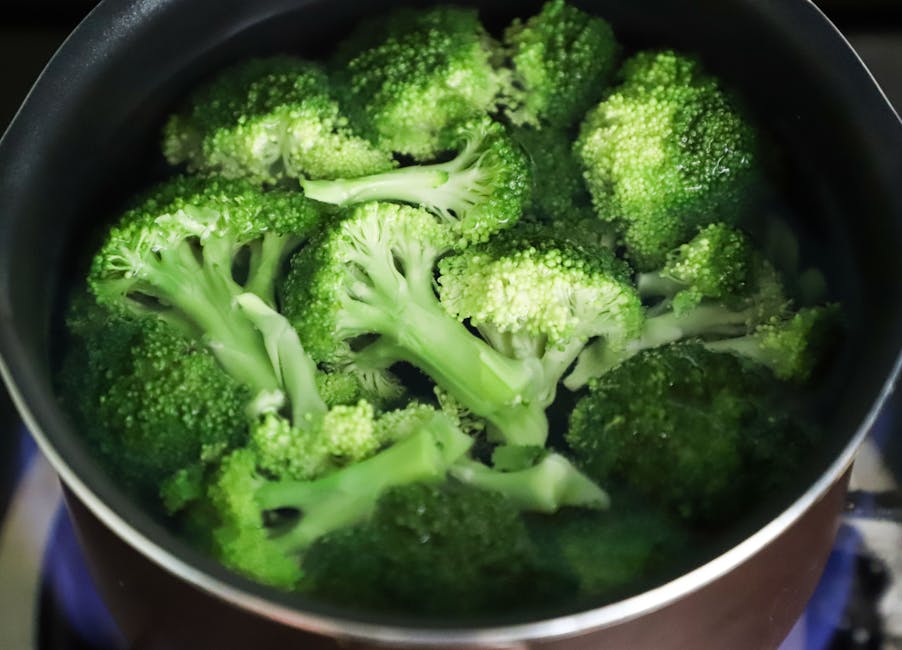Unearthing Culinary Chronicles: A Gastronomic Journey Beyond the Plate
The seemingly innocuous act of selecting enchiladas or pozole from a menu unveils a far richer narrative than initially apparent. Each dish, every ingredient, whispers tales of ages past, echoing centuries of culinary alchemy and cultural interchange. Consider, for instance, the humble corn tortilla—its genesis traces back millennia to ancient Mesoamerican civilizations https://en.wikipedia.org/wiki/Maize, a resounding testament to the enduring legacy of agricultural ingenuity. The aromatic symphony of spices, too – the fiery chili peppers, the earthy cumin, the fragrant cilantro—these form an intricate tapestry woven into the very fabric of Mexican culinary lore. These ingredients, often sourced from both local purveyors and international markets, illuminate the restaurant's symbiotic relationship with its surrounding community, its intricate supply networks, and its evolving character.
Family-run establishments, many of them, stand as living testaments to this enduring legacy. Recipes and techniques, passed down through generations like cherished heirlooms, represent a dynamic archive of culinary traditions, carefully guarded against the relentless erosion of time. These family enterprises often mirror the migratory currents that have indelibly shaped the American landscape. The restaurant proprietor's own saga might be a compelling tale of transborder migration, adaptation to unfamiliar terrain, and the creation of a livelihood rooted in the comforting flavors of their homeland. Their culinary creations become not mere sustenance, but potent expressions of their personal journeys, resilience, and unwavering spirit. Supporting these enterprises, therefore, is not simply dining; it's a conscious affirmation of their unique stories and a crucial contribution to their continued flourishing.
The restaurant menu itself, meticulously curated and subtly evolving with the changing tastes of the community, resembles a living document, a vibrant reflection of the chef's artistic flair. Each seasonal shift brings subtle changes, mirroring the community's evolving palates and preferences. This organic culinary metamorphosis showcases the remarkable adaptability of these time-honored traditions, presenting a dynamic rather than static cultural heritage. It’s a delicate balancing act, this dance between tradition and adaptation.
Beyond the realm of family-owned havens, even larger restaurant chains and corporate entities may subtly weave narratives into their offerings, through ingredient sourcing, regional variations, and seasonal menus. Observe closely for local adaptations, regionally specific ingredients, or perhaps a respectful nod to local festivities and celebrations. The incorporation of locally cultivated chilies or a unique preparation style might eloquently reveal a restaurant's deep connection to its immediate surroundings and its commitment to honoring regional culinary traditions, even within a broader, more standardized framework. This understated acknowledgement of local history reflects a commendable dedication to preserving a sense of place.
Finally, let's not overlook the ambiance. The restaurant’s décor, its musical score, and the overall atmosphere harmonize with the culinary experience, fully immersing the diner in the intended cultural narrative. Hand-painted murals depicting vibrant scenes of Mexican life, the lilting melodies of traditional Mariachi music or the infectious rhythms of modern Latin sounds, and an atmosphere alive with warmth and communal spirit – all these elements combine to create an unforgettable sensory feast.
Delving into the historical tapestry woven into the fabric of your neighborhood's taqueria is far more than a mere gastronomic escapade; it's a profound journey towards genuine cultural understanding and active social engagement. The narratives embedded within each carefully crafted dish, each humble establishment, unveil the very heartbeats of the individuals who prepare and serve them. Think of it as deciphering an ancient codex – each meticulously detailed recipe, each anecdote whispered across generations, contributes to a far grander, more vibrant narrative. This profound appreciation elevates the simple act of dining from mundane sustenance to a richly layered, deeply meaningful experience. It's a transformation from passive consumption to active participation, fostering empathy and bridging cultural divides.
Sustaining your local taqueria transcends the simple pleasure of a savory meal; it's a direct investment in the economic well-being and cultural legacy of your community. Your patronage isn't just about a single business's survival; it's the lifeblood sustaining the vibrant, interconnected threads of cultural heritage that enrich the very soul of your town or city. Consider it cultivating a flourishing orchard; each purchase nourishes its growth, yielding bountiful harvests of both sustenance and shared cultural beauty for all.
By transcending the transactional nature of a simple meal, you become a vital participant in the preservation of cherished culinary traditions, providing crucial support for immigrant entrepreneurs, and significantly bolstering your community's diverse cultural landscape. Your choices become a powerful testament to your values; your appreciation directly contributes to the enduring vibrancy and integrity of Mexican culinary traditions in your locale. It is an active engagement, a vibrant participation in the community, rather than passive absorption, that solidifies a sense of shared place and forges stronger bonds.
Moreover, immersing yourself in the stories behind the ingredients, the time-honored family recipes, and the remarkable journeys of those who operate these treasured establishments serves as a potent antidote to harmful stereotypes and fosters genuine cross-cultural connections. It's akin to removing a veil of preconceived notions to fully grasp the intricate beauty of a masterwork; by actively listening to their unique narratives and celebrating the richness of their individual experiences, we transcend simplistic generalizations, embracing the kaleidoscopic tapestry of human stories.
Concretely, this deeper understanding translates into a series of meaningful actions: engage in convivial conversation with the restaurant's owners and staff, inquire about the ancestral origins of their culinary creations, delve into their personal histories, and consider supporting their broader community initiatives. Prioritize locally owned and operated restaurants, making them your culinary havens of choice. Inspire your friends, family, and neighbors to follow suit. This proactive engagement champions authentic traditions, fosters genuine appreciation for diverse cultures, and weaves a stronger, more vibrant sense of community through the shared delight of culinary exploration. For more ideas on finding great local food, check out our guide on finding the best food near you. If you're looking for something specific, like authentic Mexican food, we've got you covered. And for those watching their budget, there are plenty of delicious and affordable options available! For inspiration on healthy eating, consider exploring healthy dinner ideas for a balanced diet. Learning more about plant-based diets can also support your culinary journey and overall well-being.






